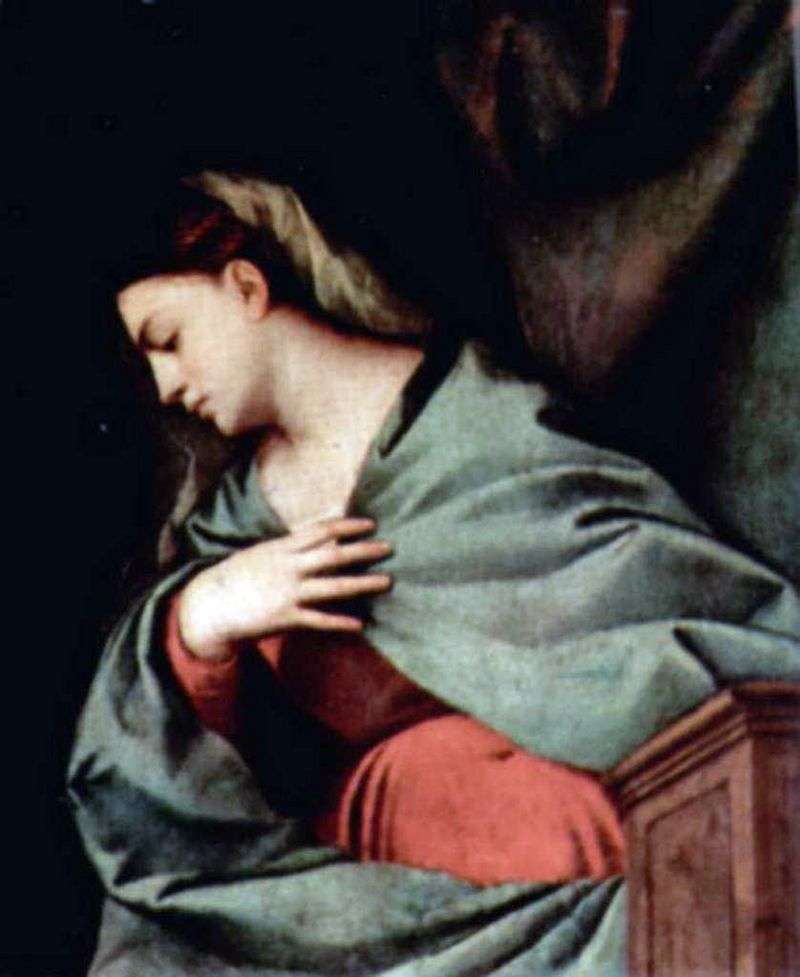
Polyptych, consisting of 5 parts: “Ascension of Christ” – 278X122; “Bishop Averoldo with Saints Nazarene and Celsius” and “St. Sebastian” – 169X65 each; “Archangel Gabriel” and “Virgin Mary” – 79X65 each The inscription on the column under the foot of St. Sebastian: TITIAN F AS I U AT MDXII Brescia, the church of Santi Nadzaro e Celsi Polyptych was commissioned by the bishop of Brescia Altobello Averoldo, the papal legate in Venice.
In 1520, judging by the letter of J. Tebaldi Alfonso d’Este, the figure of St. Sebastian was already finished and Tebaldi urged the Ferrara Duke to buy her. Brescian polyptych with its night lighting effects, using the complex language of dynamic poses, foreshortenings, counterposts marks a new stage in Titian’s creativity.
The figure of St. Sebastian, which aroused the admiration of contemporaries, is in this sense programmatic – not without reason Titian executed for her a number of preparatory drawings. This is one of the first evidence of Titian’s conversion to the language of gestures and gestures developed by the Roman school, to the language he took in the works of his future rival Froulant Pordenone
 La résurrection du Christ (polyptyque de l’autel d’Averoldi), aile droite, scène ci-dessus. Vierge Marie – Titian Vecellio
La résurrection du Christ (polyptyque de l’autel d’Averoldi), aile droite, scène ci-dessus. Vierge Marie – Titian Vecellio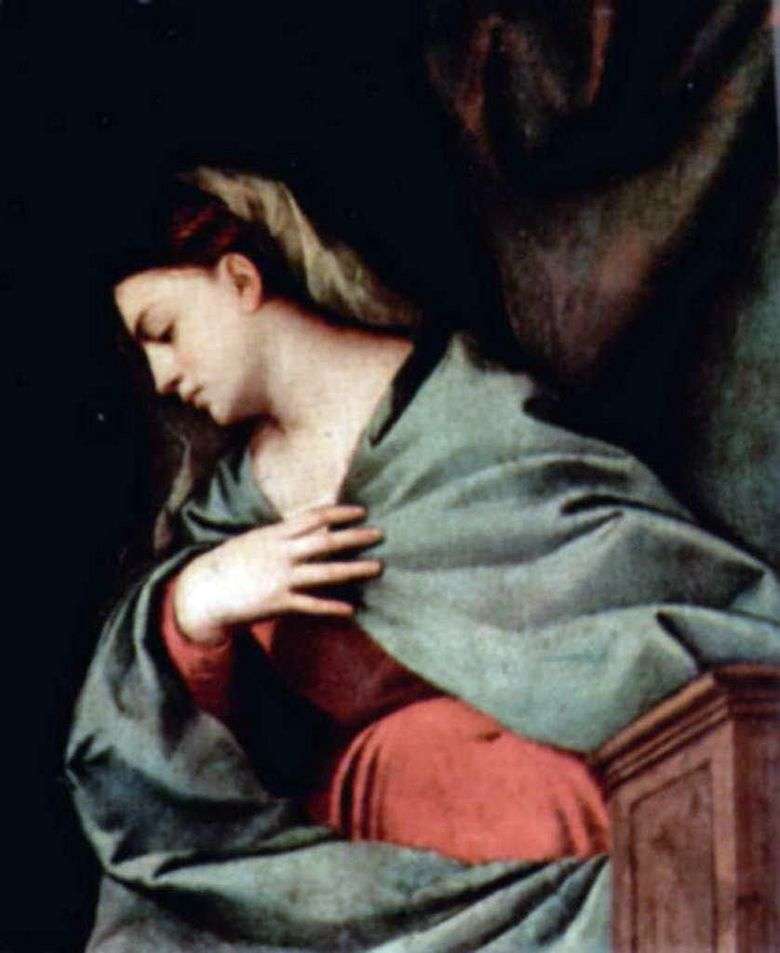 La resurrección de Cristo (Polyptych del altar de Averoldi), ala derecha, la escena de arriba. Virgen María – Tiziano Vecellio
La resurrección de Cristo (Polyptych del altar de Averoldi), ala derecha, la escena de arriba. Virgen María – Tiziano Vecellio Polyptych Resurrection by Titian Vecellio
Polyptych Resurrection by Titian Vecellio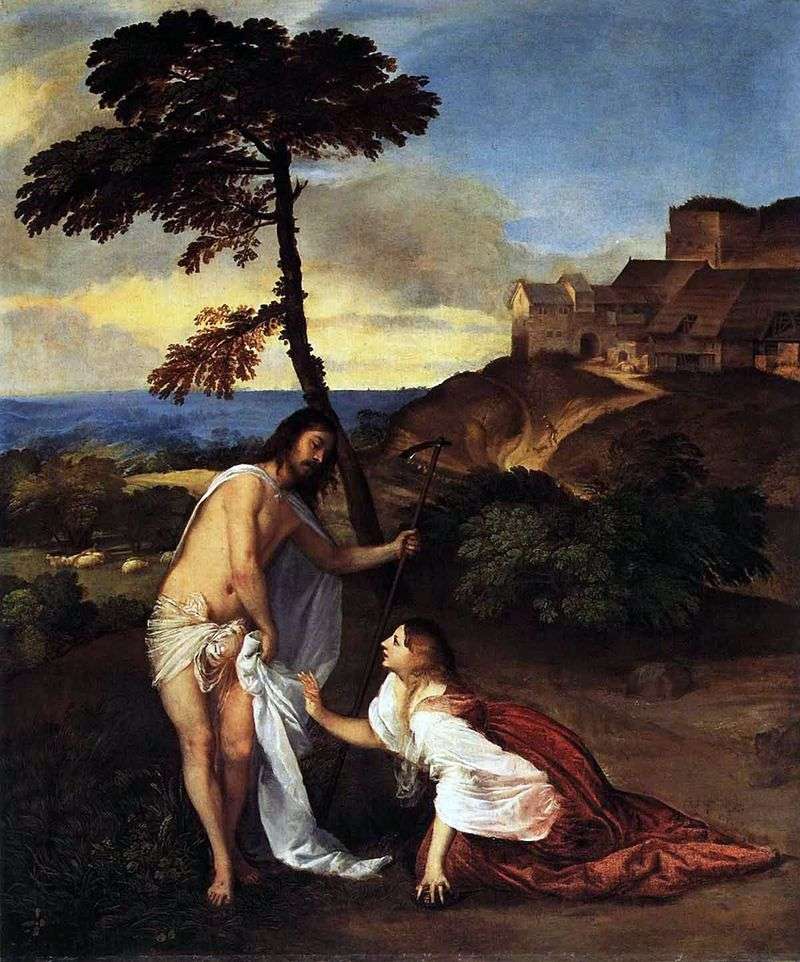 The Appearance of Christ to Mary Magdalene (Do not Touch Me) by Titian Vecellio
The Appearance of Christ to Mary Magdalene (Do not Touch Me) by Titian Vecellio Christ and the unfaithful wife by Titian Vecellio
Christ and the unfaithful wife by Titian Vecellio Polyptyque de la résurrection – Titian Vecellio
Polyptyque de la résurrection – Titian Vecellio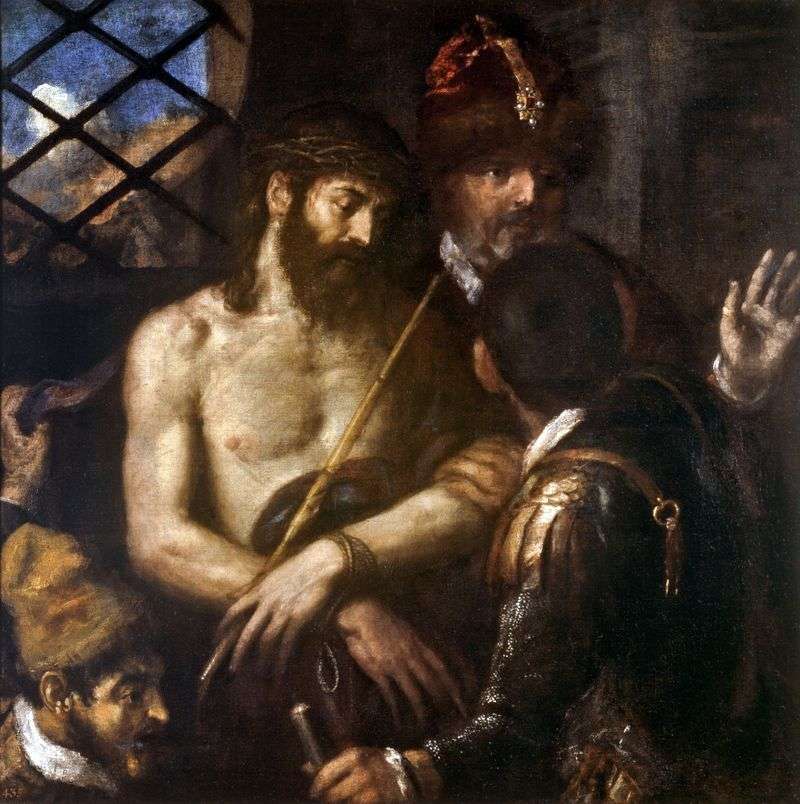 Mockery (Murder) of Christ by Titian Vecellio
Mockery (Murder) of Christ by Titian Vecellio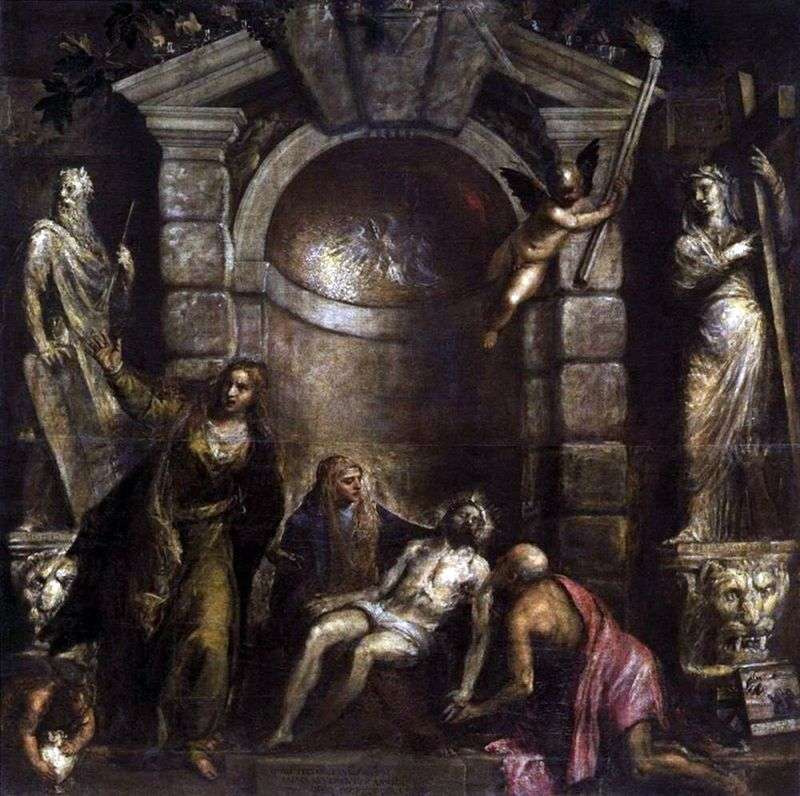 Lamentation of Christ (Pieta) by Titian Vecellio
Lamentation of Christ (Pieta) by Titian Vecellio